Original developments of writing systems
Writing was invented independently at least 3 times in human history. Here are omitted all scripts whose design is clearly derived from previous ones meanwhile including some designs that stand out as original creations or play a new role like shorthand, phonetic or gestures representation.
(Hence some of the most used writing systems today as latin, arabic or cyrillic are dismissed because they derive ultimately from the phoenician abjad, inspired in turn from egyptian hieroglyphs.)
-
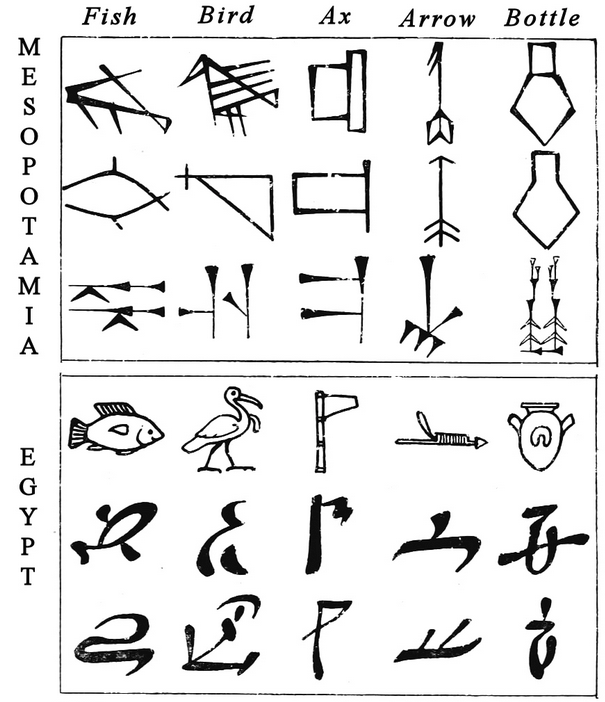
fig. Mesopotamian and egyptian writingWikipedia (Public Domain) -
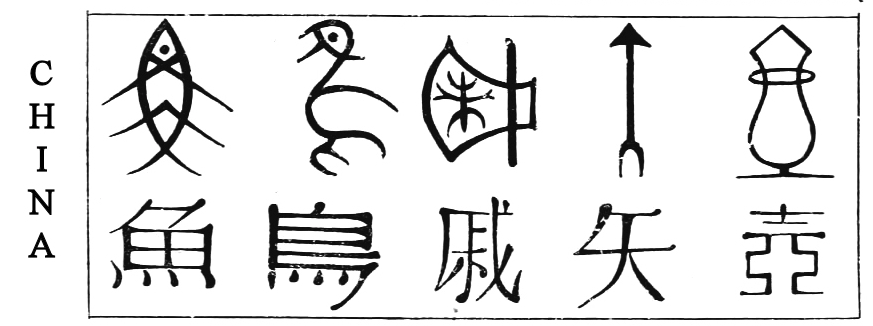
fig. ChineseWikipedia (Public Domain) -

fig. Cascajal blockWikipedia (Public Domain) -

fig. Neo TifinaghWikipedia (Public Domain) 2000 BCE-"script's origin is considered by most scholars as being of local origin"
-
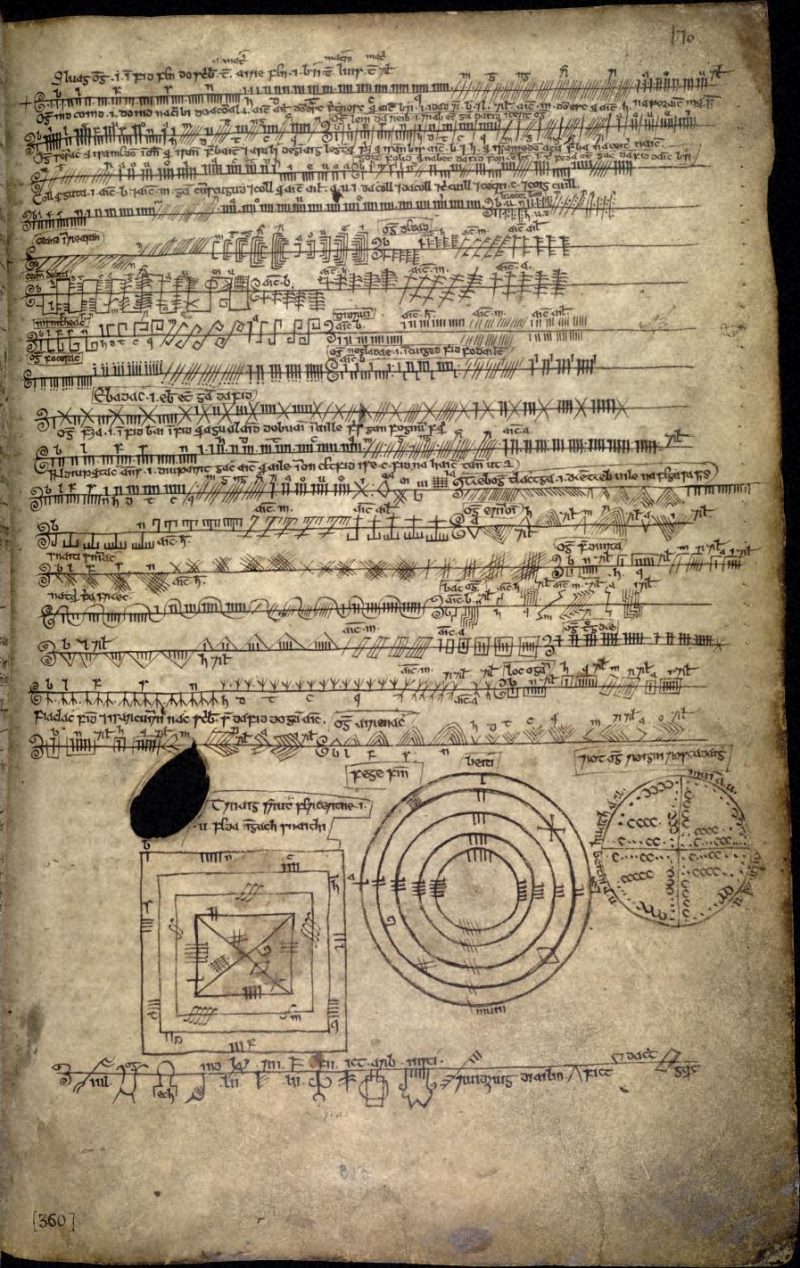
fig. OghamWikipedia (Public Domain) 4th century"used primarily to write the early Irish language (in the "orthodox" inscriptions, 4th to 6th centuries AD), and later the Old Irish language. ogham inscriptions consist almost exclusively of personal names and marks possibly indicating land ownership"
-

fig. ArmenioWikipedia (Public Domain) ~405 AD"developed around 405 AD by Mesrop Mashtots, an Armenian linguist and ecclesiastical leader"
-

fig. GeorgianoWikipedia (Public Domain) 430 AD**no full agreement exists among Georgian and foreign scholars as to its date of creation, who designed the script, and the main influences on that process"
-

fig. GlagolíticoWikipedia (Public Domain) 9th centuryGlagolitic looks amazing! It's a pity it is no longer in common use as a writing system.
-
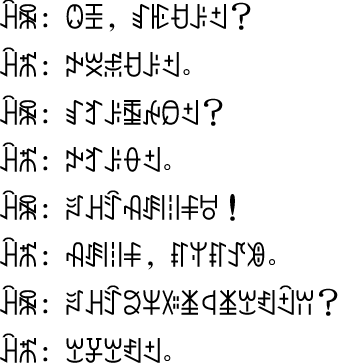
fig. YiBabelstone 7th / 15th century (attested)"logographic system that was reputedly devised during the Tang dynasty (618–907) by someone called Aki (Chinese: 阿畸; pinyin: Āqí).[8] However, the earliest surviving examples of the Yi script only date back to the late 15th century and early 16th century"
-

fig. Mi'kmaqWikipedia (Public Domain) < 17th century"A morphophonetic system (logograms and phonograms)."
"Since there is no historical or archaeological evidence of these symbols from before the arrival of this missionary, it is unclear its use as writing or as a mnemonic aid."
-

fig. HangulWikipedia (Public Domain) s. XVOne of the most interesting and succesful writing system design.
featural phonetic: Its graphemes design render some phonetic features.
"To promote literacy among the common people, the fourth king of the Joseon dynasty, Sejong the Great, personally created and promulgated a new alphabet"
-
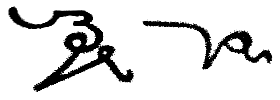
fig. Émile Duployé's shorthandWikipedia - Public Domain 
fig. Thomas Shelton's shorthand (codified in Unicode)Wikipedia - Public Domain 
fig. several shorthand systemsWikipedia - Public Domain 1626-Shorthand systems go back in history at least from 4th century BCE.
Their design based on basic graphical features like lines, arcs and points is their most relevant aspect.
-

fig. ElbasanWikipedia - Public Domain s. XVIIIThe author chose to devise a new alphabet specific to Albanian, reflecting what Elsie called "the wish of Albanian intellectuals" for a distinct writing system of their own. Furthermore, a surprisingly low number of loanwords appear in the manuscript [...]
-

fig. BrailleWikipedia (Public Domain) 1821"It's is a tactile writing system used by people who are visually impaired
Braille was the first writing system with binary encoding. Maps characters of the French alphabet to tuples of six bits"
-

fig. Vai syllabaryWikipedia (Public Domain) 1830sA writing system is also a cultural symbol of a people and their identity. That's the motivation behind some new scripts devised from XIX century like Vai and Canadian Aboriginal syllabics (below).
-

fig. Canadian Aboriginal syllabicsWikipedia (Public Domain) 1840sAlgonquian, Inuit, and (formerly) Athabaskan language families
Interesting abugida which codifies vowels by grapheme rotation.
-

fig. Visible SpeechWikipedia (Public Domain) -

fig. International Phonetic AlphabetWikipedia - Public Domain -

fig. BamumWikipedia - Public Domain -

fig. Ol ChikiWikipedia (Public Domain) 1925follows an acronymic design principle
"The shapes of the letters are not arbitrary, but reflect the names for the letters, which are words, usually the names of objects or actions representing conventionalized form in the pictorial shape of the characters"
-

fig. TengwarWikipedia - Public Domain -
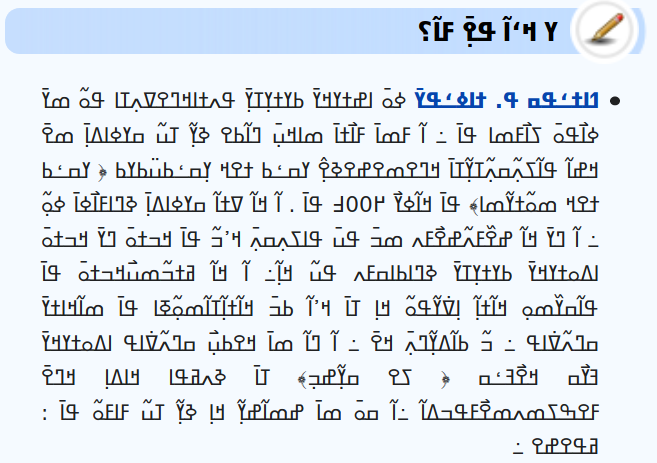
fig. N'Ko wikipediaWikipedia (Public Domain) -

fig. BlissymbolsWikipedia (Public Domain) 1949Interesting pasigraphy that as many others before was motivated to be used as an international auxiliary language.
-

fig. SignWritingWikipedia (Public Domain)


